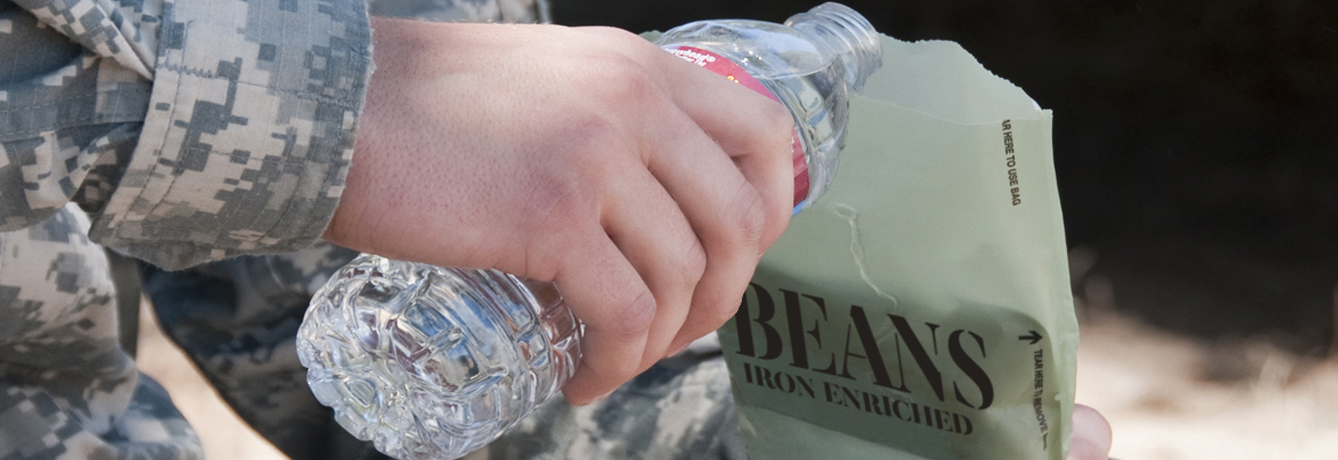Military basic combat training is physically grueling, as one might expect.But new research shows it also taxes soldiers’ systems in a surprising way: by depleting the body’s store of iron. This is important news, not just for recruits — but anyone undergoing rigorous physical training, say, for an Iron Man competition, which ironically could put athletes at risk of deficiency for that eponymous mineral.
The study published in the American Journal of Clinical Nutrition found that iron levels of female soldiers dropped 30-35% from baseline during the course of their standard 8-week basic combat training. Iron deficiency (the most common deficiency worldwide) can manifest as low energy, which may explain why the iron-deficient soldiers ran a two-mile track an average of 45 seconds slower than a normal-iron group, and also registered a 45% drop in mood scores (measuring anxiety, anger, etc.).
Previous research shows that endurance exercise can increase your iron needs by as much as 30%. Why? Workouts that push the body beyond its normal limits can lead to blood loss via profuse perspiration (as with calcium) as well as microscopic tears in muscle tissue and the gastrointestinal tract. The solution is not to scale back on activity, but to pay special attention to deriving iron from healthy sources such as legumes, clams and oat bran. Since the body can only absorb at most 20% of the iron contained in plant sources, double up on foods rich in vitamin C (e.g., peaches, kiwis, broccoli, pineapple) which boosts iron absorption six-fold and prebiotic fiber (e.g., bananas, leeks, onions, asparagus), which can increase iron absorption by 28%.
Bonus: It’s not just the super-fit who are at risk of anemia — the out-of-shape are vulnerable too. Research has found significantly higher prevalence of iron deficiency among obese children.



